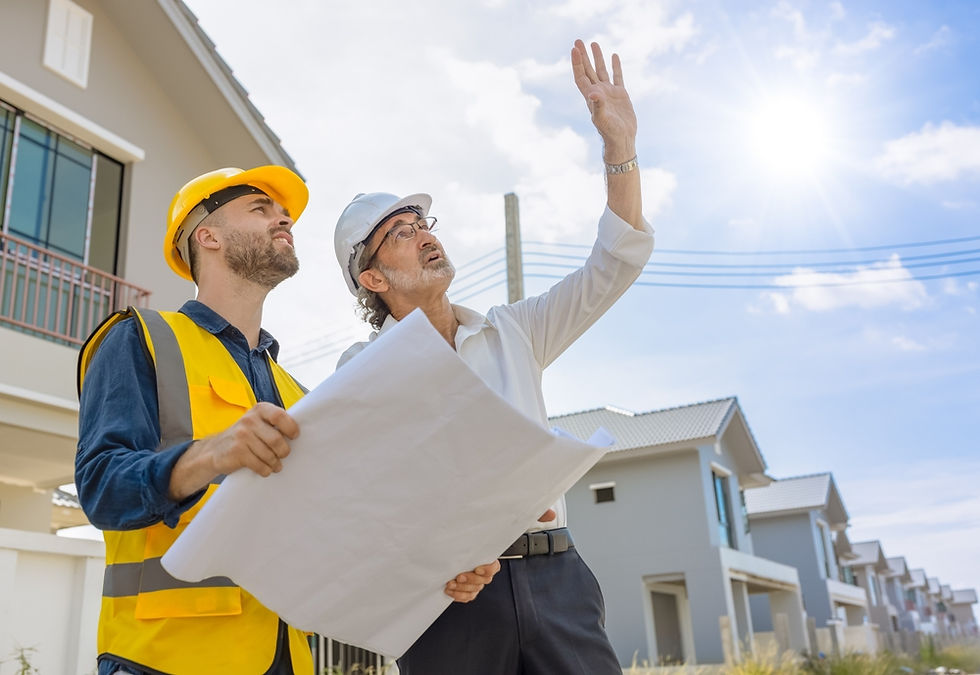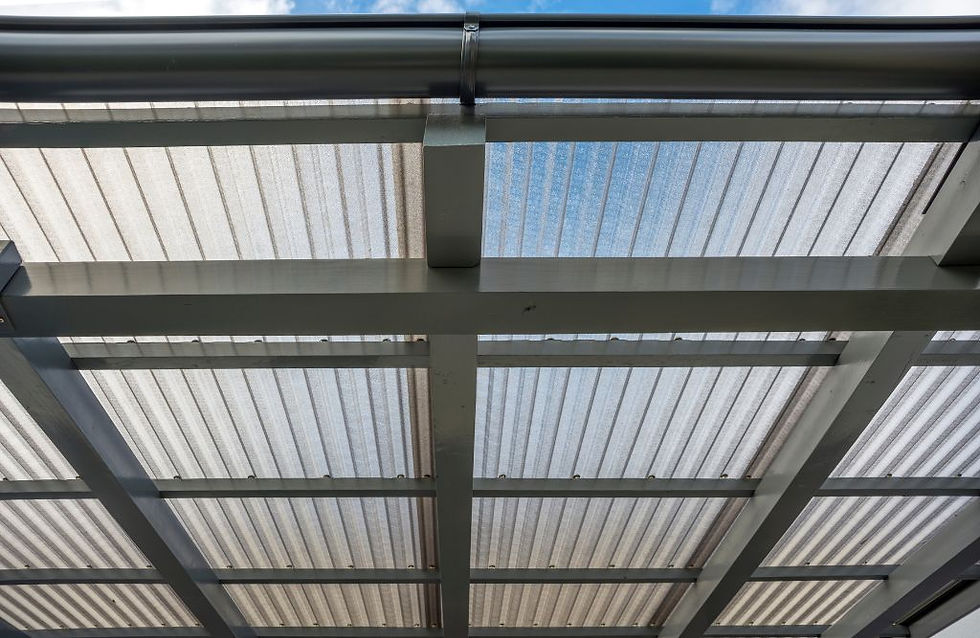Why Building and Pest Inspection is Essential Before Buying a Property
- Lauren Bracy
- Aug 7
- 4 min read
Updated: Sep 17
When you're about to make one of the biggest financial decisions of your life, a building and pest inspection can help you avoid unexpected repair bills, structural issues, and pest infestations. Whether you're a homebuyer or a property investor, knowing the true condition of the property gives you negotiating power and peace of mind. This pre-purchase property inspection is a critical step in the buying process, and skipping it can lead to serious financial consequences.
What Exactly Is a Building and Pest Inspection?

A building and pest inspection is a full inspection of a property before you buy it that looks for structural problems and pest problems. Conducted by licensed professionals, the inspection covers visible areas of the home, including the foundation, walls, roof, plumbing, and electrical systems.
The pest component checks for evidence of termites, borers, rodents, and other infestations. It's not just about current problems; inspectors also look for signs that could lead to future damage, such as poor drainage or timber structures in contact with soil.
This inspection provides a full health check of the property and ensures that buyers are fully informed before committing to a purchase.
Why do you need to have a building and pest inspection before you buy?
A pre-purchase building and pest inspection identifies hidden property issues before you buy. Many problems like termite damage, water ingress, or foundation cracks may not be visible during a typical property viewing.
Here are key benefits:
Avoid Financial Surprises: Repairing structural defects or pest infestations can cost thousands.
Negotiating Power: Use the report findings to request repairs or price reductions.
Walk Away if Needed: A major fault revealed during inspection gives you the option to cancel the contract if it includes a building and pest clause.
Peace of Mind: Knowing your future home is safe and structurally sound offers confidence and assurance.
In today’s competitive property market, smart buyers rely on these inspections to ensure their investment is secure.
What Does a Building Inspector Look For?
During a property inspection checklist before buying, building inspectors examine:
Structural Integrity: Walls, foundations, roofing, floors, and ceilings for movement, cracks, or water damage.
Roof and Guttering: Sagging, blocked gutters, rust, and broken tiles.
Internal Conditions: Mold, rising damp, leaks, uneven floors.
Plumbing and Electrical Systems: Visible pipe leaks, faulty taps, exposed wiring.
Ventilation and Drainage: Poor air circulation and surface drainage issues.
Safety Hazards: Missing handrails, loose stairs, non-compliant smoke alarms.
Using moisture meters, thermal imaging, and industry experience, the inspector identifies visible and potential hazards.
Common Pests Found During Property Inspections in Australia
In Australia, pest inspections often reveal:
Termites (White Ants): Silent destroyers of timber structures.
Borers: Insects that tunnel through hardwoods and softwoods.
Rodents: Chewing electrical wires and contaminating insulation.
Cockroaches and Ants: Indicators of hygiene issues and poor sealing.
Spiders and Wasps: Though less damaging, still a safety concern.
A termite inspection before house purchase is especially critical. Termites affect one in four homes in some regions, and treatment and structural repair can be extremely expensive.
How Much Does a Building and Pest Inspection Cost?
The cost of building inspection in Australia differs based on factors such as property size, age, and location. On average:
Small to Medium Homes: $300 to $600
Larger or Older Homes: $600 to $900
Add-ons: Thermal imaging or same-day reports may add extra fees
While it may seem like a significant outlay, it's minimal compared to the cost of repairing a damaged roof, replacing electrical systems, or treating a termite infestation.
What Happens If Problems Are Found During Inspection?
If issues are uncovered, you have options:
Negotiate: Ask the seller to fix defects or reduce the purchase price.
Reassess the Purchase: For severe issues, consider walking away.
Plan for Repairs: Use the report to budget future maintenance.
The key is having information that lets you make an informed decision. A detailed inspection report arms you with facts and often pays for itself in negotiations.
How Long Does a Building and Pest Inspection Take?

Generally, the on-site process takes:
Standard Homes: 1.5 to 3 hours
Larger or Multi-storey Homes: Up to 4 hours
The report is typically delivered within 24 to 48 hours.Some providers offer same-day reports for urgent purchases.
The quick turnaround ensures you don’t delay the buying process while still getting reliable insight into the property’s condition.
Can You Skip a Building and Pest Inspection?
While there’s no legal obligation, skipping a building and pest inspection is risky. Without it, buyers often discover:
Undisclosed structural issues
Active termite damage
Unsafe electrical setups
Costly repairs hidden behind cosmetic fixes
A pre-purchase pest and building inspection is your only safeguard against costly surprises and future liabilities.
Choosing the Right Building and Pest Inspector
To ensure a thorough and accurate report:
Hire Licensed Professionals: They should be certified in building and pest inspection.
Check Insurance: Look for public liability and professional indemnity coverage.
Review Sample Reports: Reports should be detailed with photos and clear recommendations.
Ask About Tools: Thermal cameras and moisture meters are signs of a high-quality inspection.
Reputation Matters: Check reviews, testimonials, and experience.
Avoid budget inspectors who cut corners. Choosing an experienced, well-reviewed professional is key to accurate results.
The Building and Pest Inspection Process: Step by Step
Here’s how the process typically unfolds:
Booking: Choose an inspector and schedule before finalising your contract.
Pre-Inspection Briefing: Explain any concerns or problem areas.
On-Site Inspection: Includes visual checks, testing with tools, and photos.
Reporting: A detailed written report is delivered via email or hard copy.
Review and Action: Use the findings to negotiate or plan your next steps.
Becoming familiar with each phase provides information about potential outcomes and possible responses.
Conclusion
A building and pest inspection is not just another box to tick when buying a property. It's a vital layer of protection that helps you avoid buying a money pit. The inspection uncovers problems such as structural defects or termite infestations, providing you with important information and negotiation power.
Whether you're a first-time homebuyer or a seasoned investor, investing in a thorough inspection is one of the smartest moves you can make. It ensures your property is a solid, safe, and valuable asset from day one.








Comments